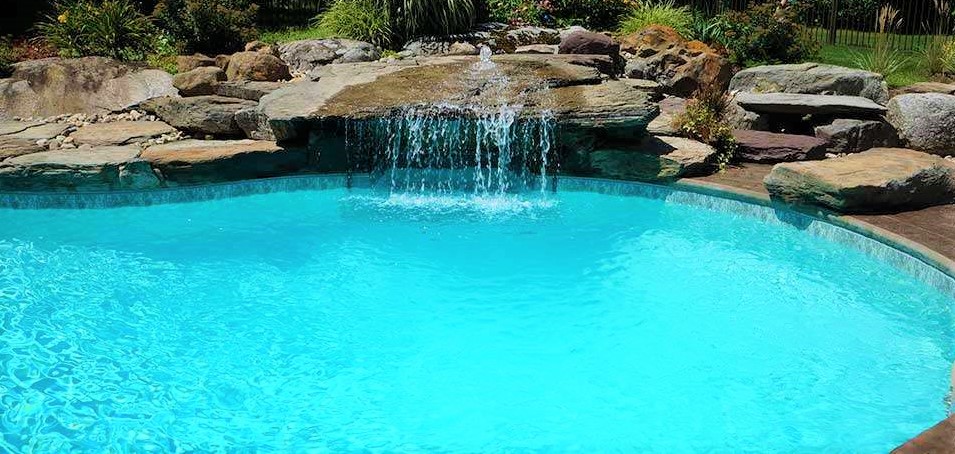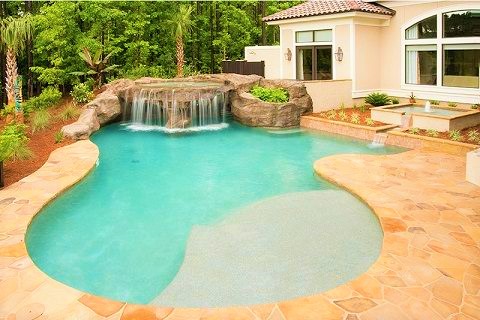Choosing the Right Pool and Spa System for Your Home

Choosing the right pool and spa system for your home is an important decision. It will determine how your system will operate, how much maintenance you will need and how long your investment will last.
In this article we’ll take a look at the various options available and help you decide which one is right for you. We’ll also give you tips for ensuring your system will work smoothly and efficiently.
Pool and Spa Combos
Pool and Spa Combos allow you to use your pool for exercise as well as relaxation. They can also be heated to extend your swim season in colder climates and to keep the spa open all winter long.
One of the most popular styles of pool and spa combos is the raised perimeter-overflow style. This design has the walls of the spa lower than the water level so that water spills over into the pool but there is a catch below that recycles the water back into the spa rather than flowing into the pool.
Pool and spa combos are a great way to add a bit of flare to your backyard, giving it an eye-catching look that will transform the space. You can even incorporate unique lighting into your pool and spa combo to make it a focal point not just during the day, but at night as well!
Swim Spas
A Swim Spa can be a great addition to any home. They’re easy to maintain and come in a variety of sizes, so they can fit most backyards.
Many people choose a swim spa because they offer the benefits of both a hot tub and swimming pool without the hassle of a large pool. They’re also ideal for relieving pain and increasing circulation.
They’re also a great way to get your exercise without having to go to the gym!
Before you shop for a swim spa, consider your family’s needs. Are you looking for a large pool for a lot of people to use, or would a smaller one be more suitable? It’s also important to determine your budget.
Inground Pools
When choosing the right pool and spa system for your home, it is important to consider the shape, size and form of your backyard. It is also essential to think about whether or not you want a rock waterfall, attached spa or other features.
Inground pools are the most popular choice for backyards because they look great and add value to your home. They are permanently installed and don’t require as much maintenance as other pool types.
However, they can be more expensive than other pool options and can take a long time to install. Another option is semi-inground pools, which are built partially into the ground and require less digging.
Outdoor Pools
Whether your pool is a simple above-ground model or a more sophisticated inground design, the right equipment is essential for enjoying your water features to their fullest. Total Tech Pools can help you choose the newest, most energy-efficient, and best-performing systems to fit your needs and budget.
For example, our Jandy line of pool heaters and heat pumps offer industry-leading engineering to help you keep your pool at an ideal temperature throughout the summer. Depending on your location and climate, maintaining a consistent 77-85 degree temperature will make for a more enjoyable swim season.
A pool heater is one of the most expensive and most-used pieces of pool equipment, so it’s important to find the system that’s ideally suited to your needs. We’ll be able to recommend the perfect heating solution for your pool, spa, or hot tub.
Indoor Pools
An indoor pool is an attractive addition to any home. Not only does it offer year-round use in any weather, it also offers the benefits of privacy and a cleaner, safer environment.
Modern indoor pools are designed to be a stunning addition to the living space and can be created with themes that vary depending on space restrictions. Some incorporate tropical plants, waterfalls and lighting to enhance the ambiance of the space.
Modern pool control systems allow homeowners to automate their entire swimming experience from their smartphone or tablet. These devices can be integrated with multiple pool and spa products (including pool pumps, heaters, water leak sensors, lights, outlets and switches, door and window alarms) to create smart routines that trigger multiple actions.

